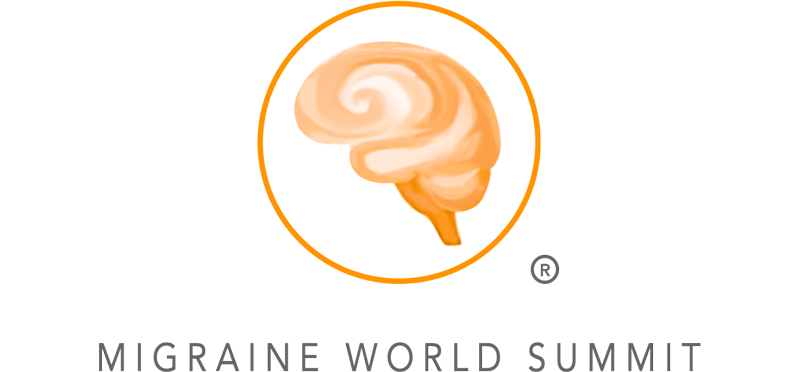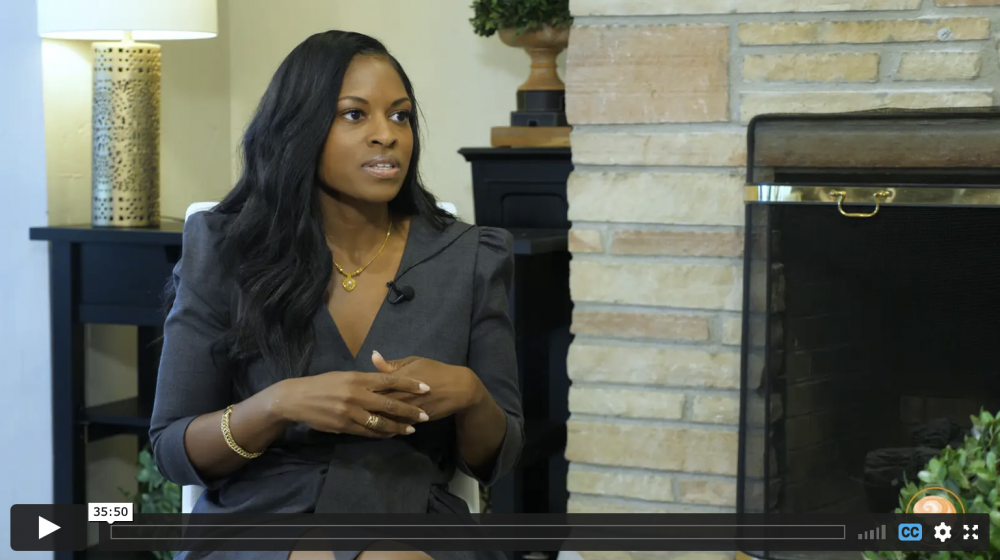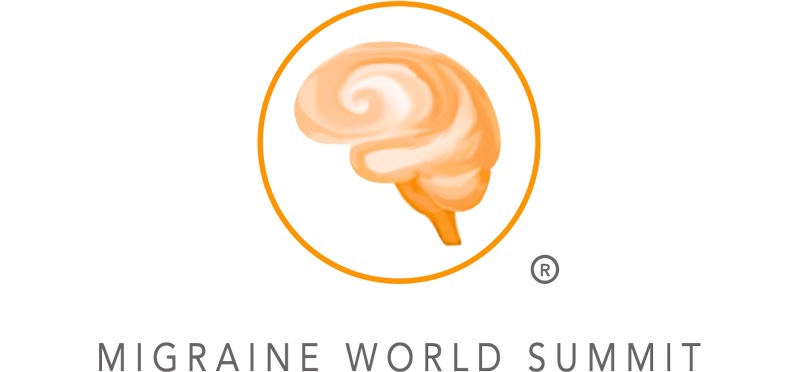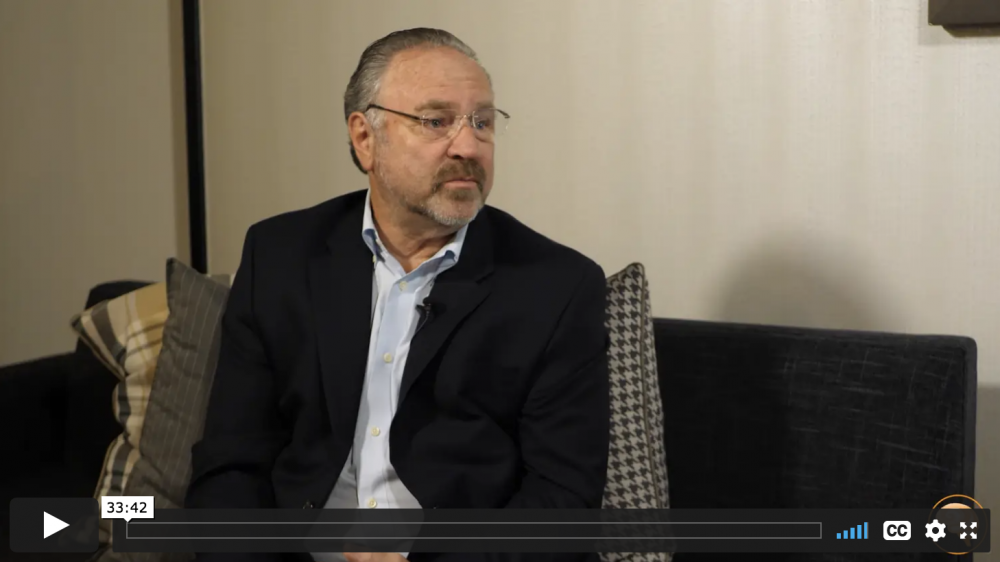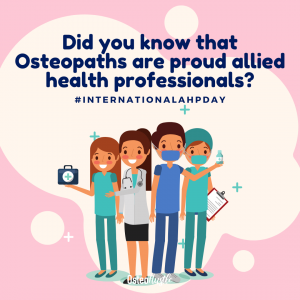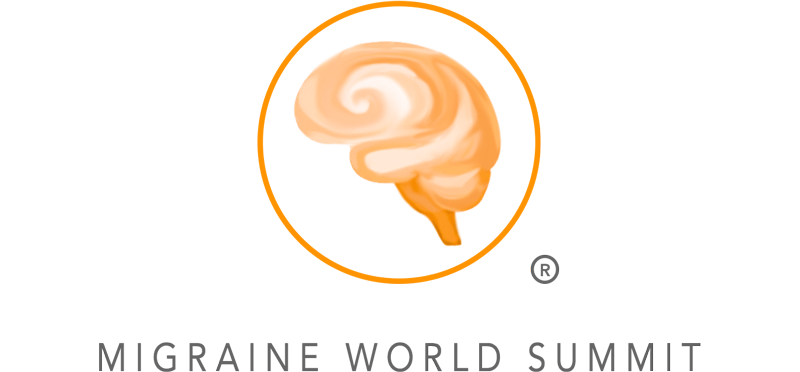
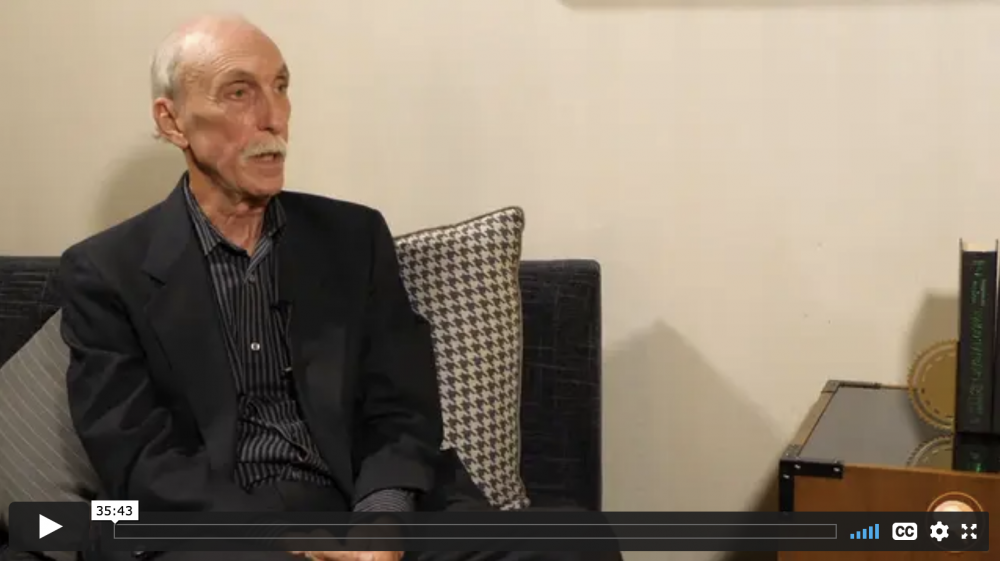

Cluster or suicide headache is said to be one of the worst pains known to humans. Cluster attacks have been among the most stubborn to treat, but that’s beginning to change, thanks to the advocacy efforts of Bob Wold,founder and president of Clusterbusters, the largest cluster support and advocacy nonprofit in the United States.
Bob is a board member of the Alliance for Headache Disorders Advocacy. His work with Clusterbusters has involved collaborations with Harvard, Yale, National Geographic as well as television, radio, and press coverage.
Pictured: Bob Wold, Founder and President
Clusterbusters
What is the difference between migraine and cluster headache?
Bob Wold: Whereas a migraine might last all day, cluster headaches typically consist of a series of short-lived but extremely painful episodes, lasting maybe 45 minutes to an hour, and repeating four or five times a day. This might happen every day for six weeks or even three months before there’s a period of respite. They occur on one side of the head, usually starting around the temple and behind the eye and perhaps extending into the jaw line. Besides the pain, the eye on that side may droop, it may tear, that side of your sinuses may drain.
Another difference from migraine is that a cluster attack will always last a specific amount of time for each person. So, if one cluster attack lasts 57 minutes, all attacks for that person will. However, there is some overlap between cluster and migraine. Some people can have both conditions; and some can have cluster headaches with migrainous features, such as some degree of pain persisting between attacks, or the presence of photophobia or nausea.
What are the latest treatments approved for cluster headache?
Bob Wold: One CGRP has been approved for Cluster (at the time of recording), Eli Lilly’s Emgality. We haven’t had much feedback yet from the cluster community on its efficacy. Some people have tried other CGRPs that were previously approved for migraine rather than cluster, but they haven’t had a lot of success with them because the dosages aren’t set specifically for cluster headache.
In absence of some good pharmaceutical therapies, people with cluster resort to other types of treatments. Can you talk about some of those?
Bob Wold: There’s a study going on at Yale, looking at psilocybin, a psychedelic, for treating cluster headache. We’re very hopeful that’s going to work out well, but in the meantime people can only access it by growing their own mushrooms, as psilocybin is not approved for prescription. Taking two or three doses of mushroom powder often breaks the cluster cycle and ends it completely.
Another effective treatment is high-flow oxygen, which can end an hour-long attack after only five minutes, with no side effects. The disadvantages are that oxygen can prove difficult to access, and it must be on hand as soon as the attack starts, at a high flow rate. Triptans can work but they’re short-lived. Because patients are limited to only a few triptans a month, they can’t get enough to be able to treat all of their attacks.
Key questions covered in the interview:
- What does a cluster attack feel like?
- What is the difference between migraine and cluster headache?
- What is the difference between episodic and chronic cluster headache?
- Does cluster headache typically decline in occurrence or stop altogether as you age?
- What are the latest treatments approved for cluster headache?
- How does oxygen work as a treatment for cluster headache?
- How are psychedelics used to treat cluster headache?
- Do triptans, ditans and gepants work for cluster headache?
- What are the biggest advocacy challenges currently facing those with cluster headache?
- How does Clusterbusters deal with suicide attempts in its community?
Watch Bob Wold’s interview preview here, or order it as part of the 2020 Migraine World Summit package..
